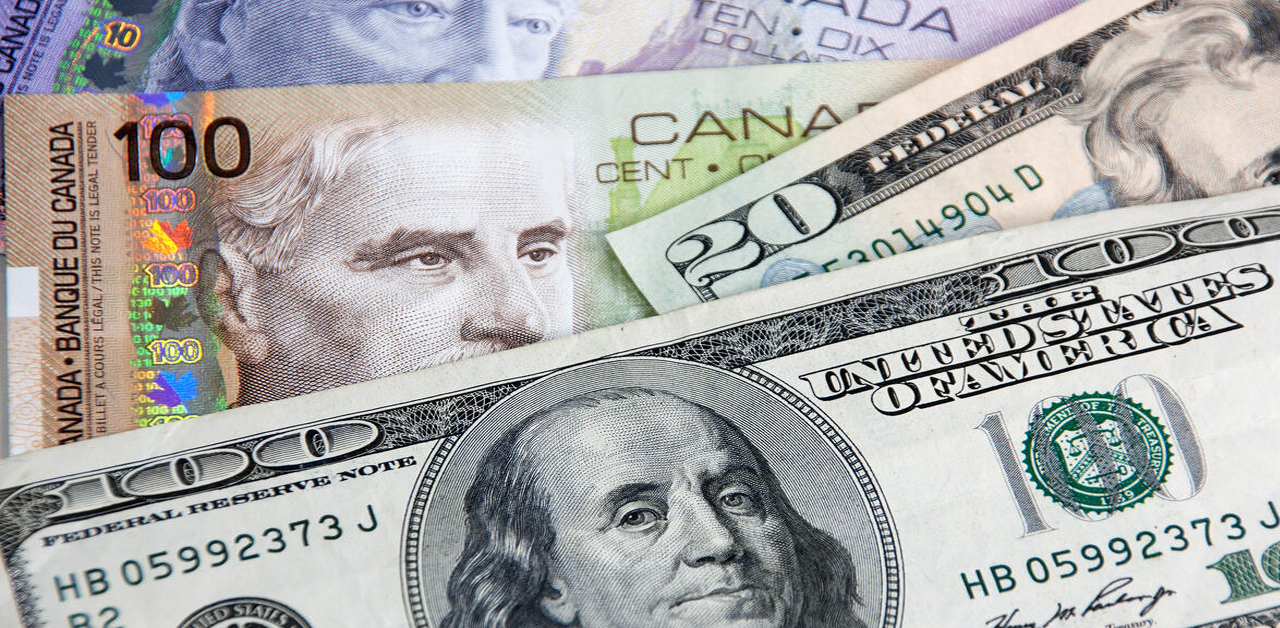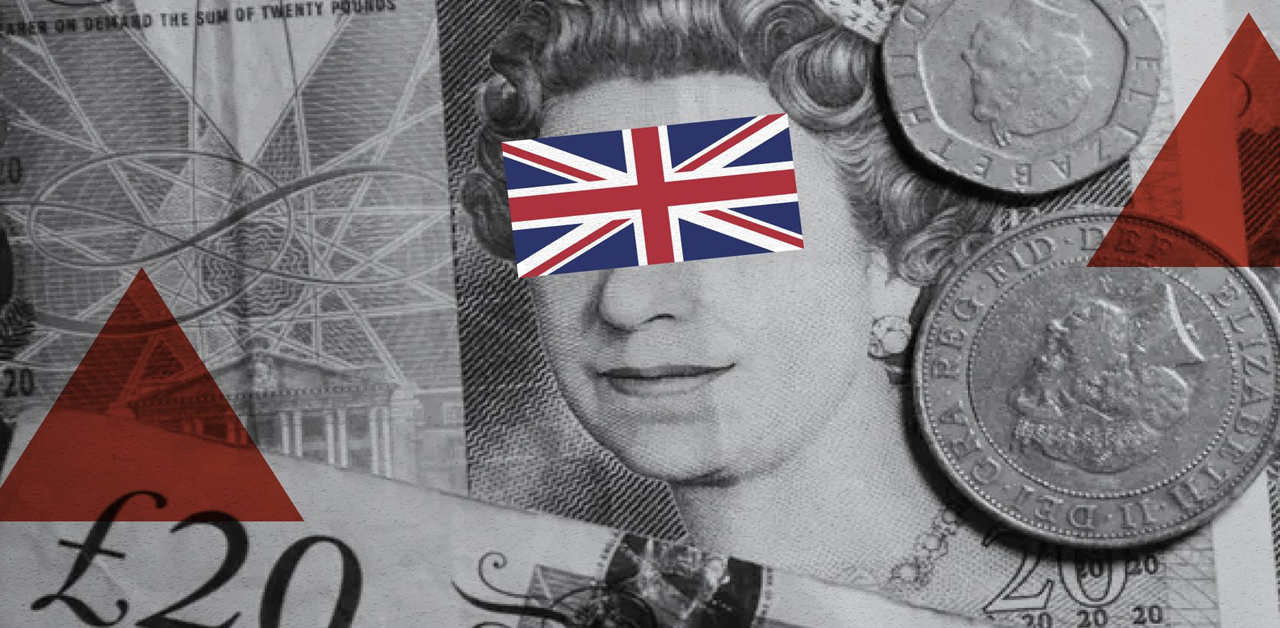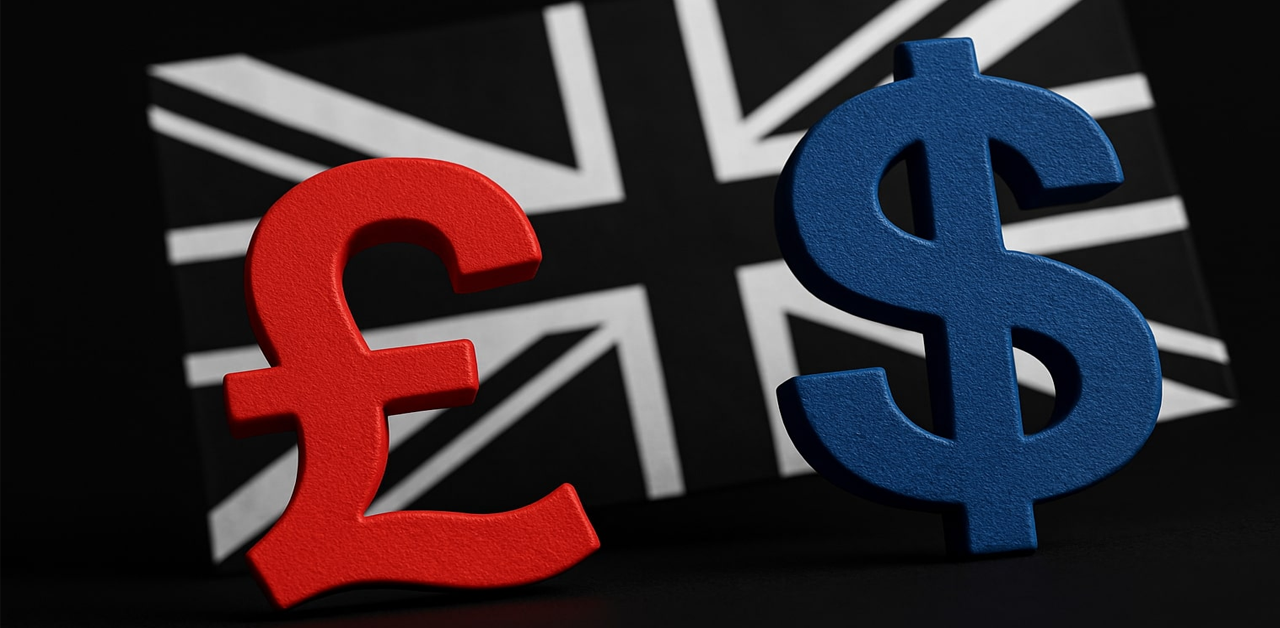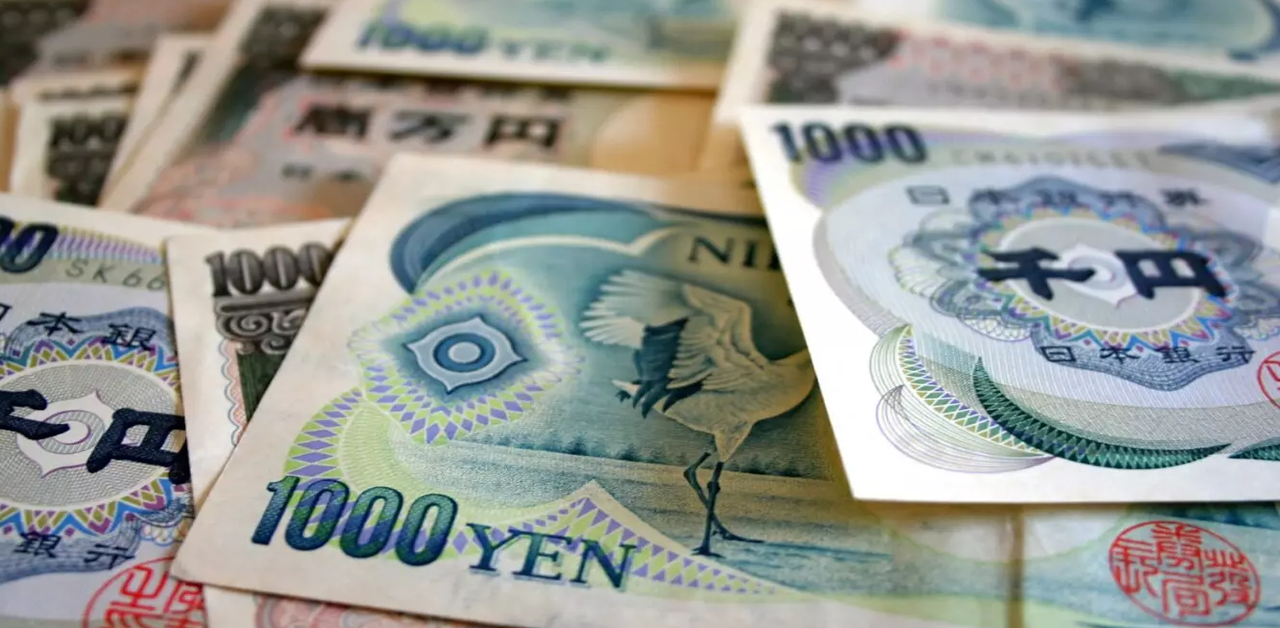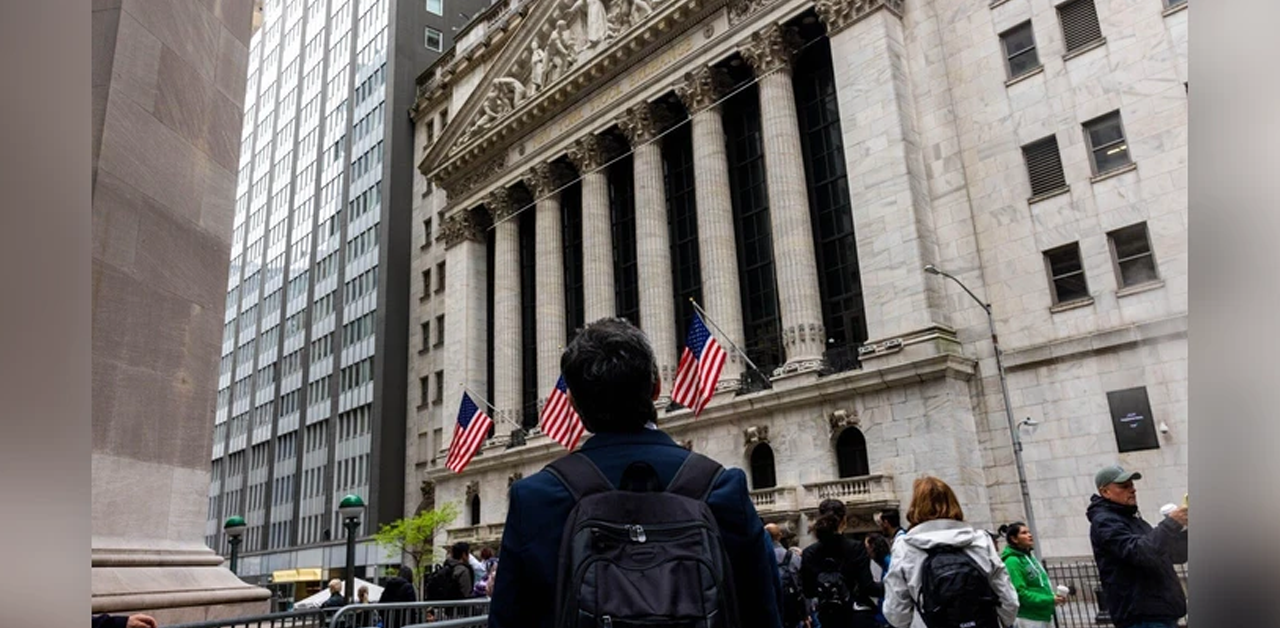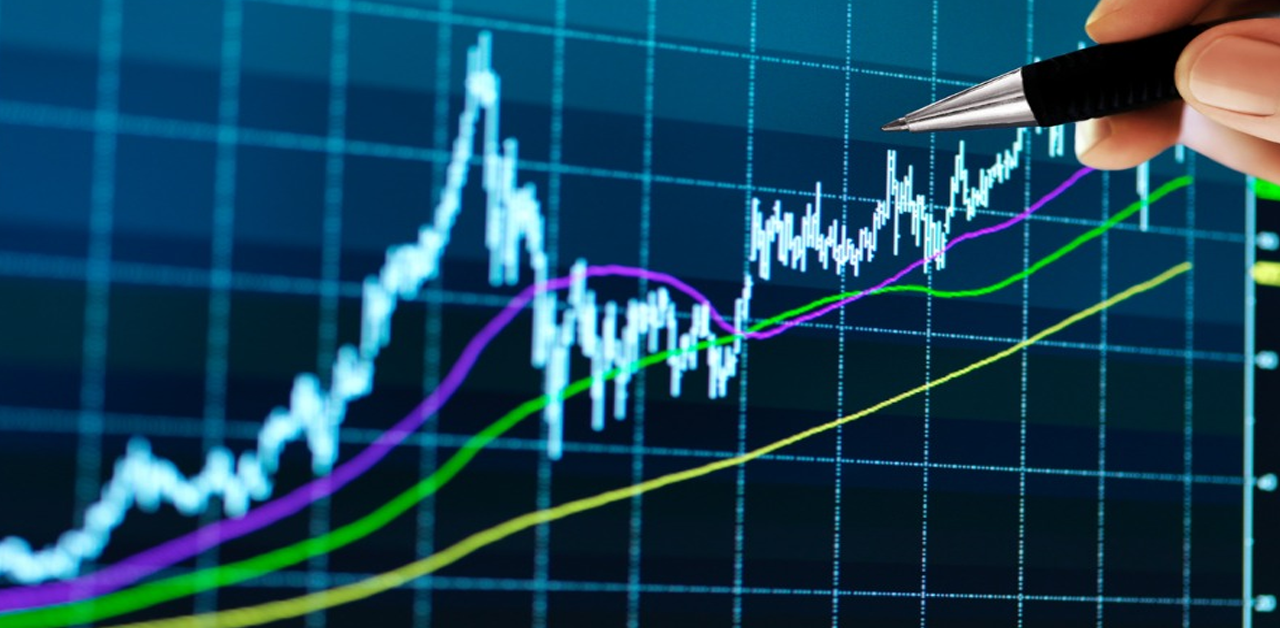The NZD/USD is in command as the US dollar strengthens
NZD/USD is trading 0.23 percent down on the day at 0.6944, having fallen from a high of 0.6963. The US dollar is up in the morning after posting its sixth weekly rise in the last seven. The DXY index, which measures the US dollar against a basket of currencies, is up 0.3 percent to 99.100. The dollar has benefitted from its role as a safe haven, and the situation in Ukraine has increased hopes that the Fed would raise interest rates. Meanwhile, the New Zealand dollar has settled into what appears to be a comfortable “groove” around the mid to high 0.69s, according to ANZ Bank strategists.
“There is really little going on domestically, but markets are now fairly completely priced for impending rises (while 50bp hikes aren’t entirely priced in, the risk of them is). Rates are unlikely to move much more (either for themselves or the NZD) until the RBNZ decision on April 13th.” “But it’s a different picture across the Tasman, as probabilities of RBA hikes continue to rise, with a full hike priced in by June and “612” rises factored in by year end,” the analysts wrote. This appears to be pushing the NZD at the moment, and it appears that the question is, will the NZD/USD break higher?”
In terms of the Reserve Bank of New Zealand and market pricing, Westpac analysts suggest that markets are currently overpricing the expected scope of OCR rises over the next couple of years.
“However, if we’re accurate, what would cause the market to correct?” We believe it will come down to proof that monetary policy is already having an impact – cooling the housing market and eventually lowering consumer demand to more sustainable levels,” the analysts concluded.
“We’re already seeing signs of that first aspect, with housing prices declining by 3% in the previous three months.” We foresee more drops as the higher level of mortgage rates continues to work, and we estimate house values to fall by roughly 10% over the next two years.”

